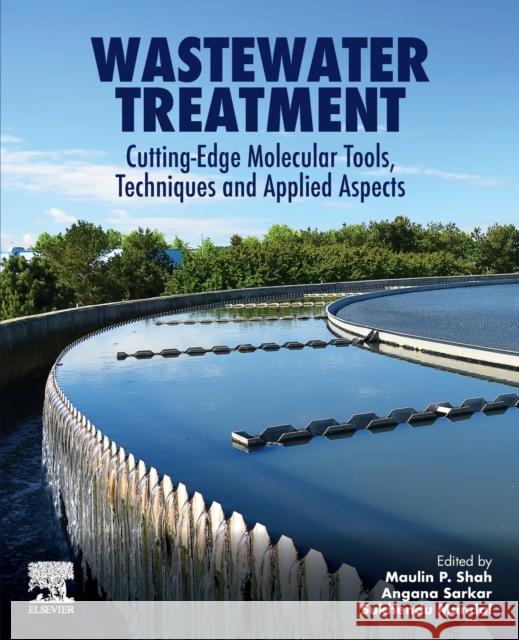Wastewater Treatment: Cutting-Edge Molecular Tools, Techniques and Applied Aspects » książka
topmenu
Wastewater Treatment: Cutting-Edge Molecular Tools, Techniques and Applied Aspects
ISBN-13: 9780128218815 / Angielski / Miękka / 2021 / 596 str.
Kategorie:
Kategorie BISAC:
Wydawca:
Elsevier
Język:
Angielski
ISBN-13:
9780128218815
Rok wydania:
2021
Ilość stron:
596
Waga:
4.46 kg
Wymiary:
23.5 x 19.05 x 3.07
Oprawa:
Miękka
Wolumenów:
01











